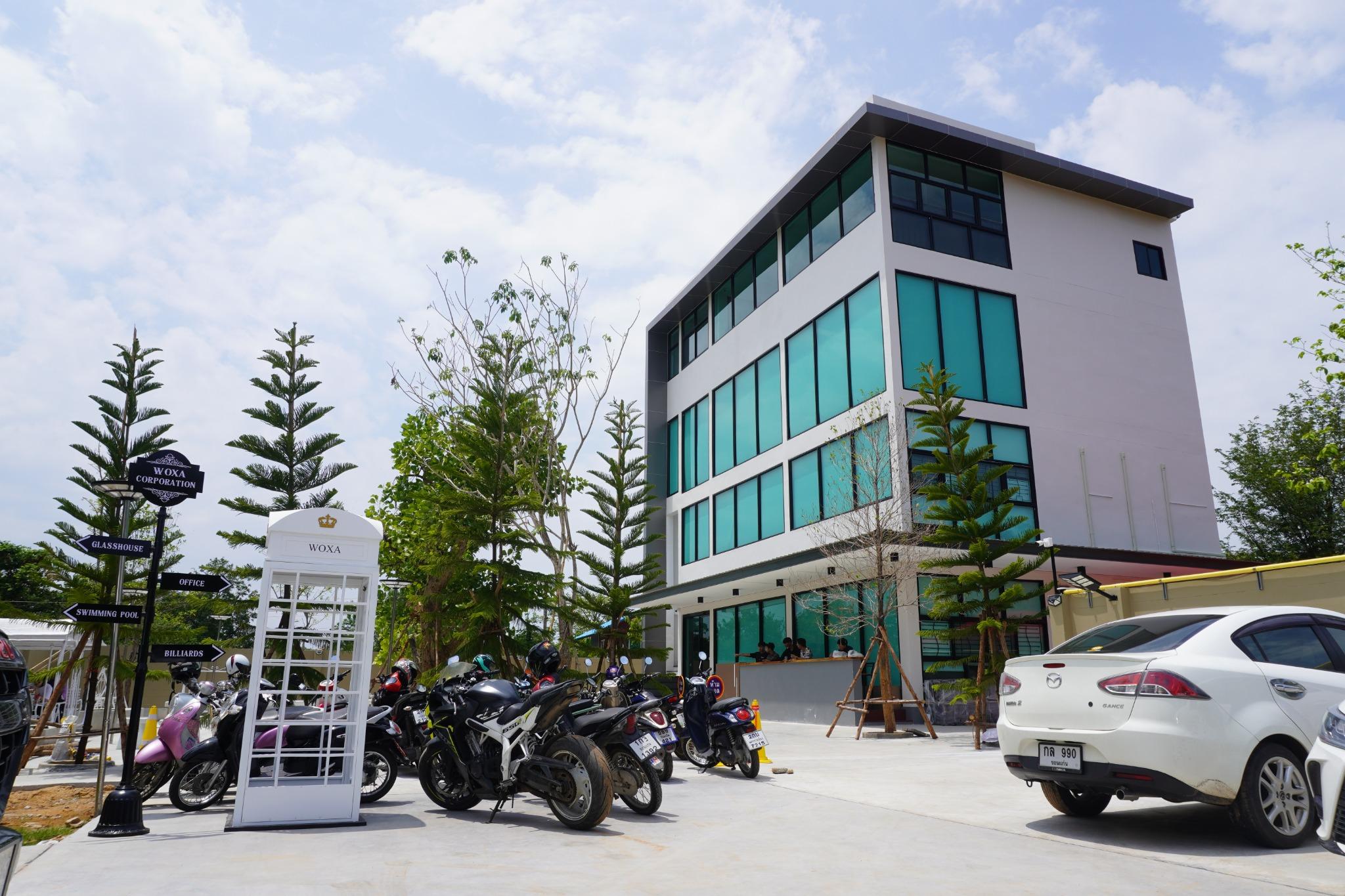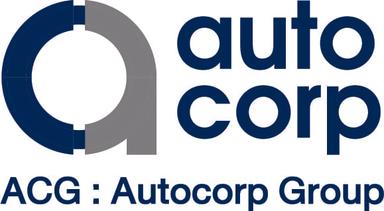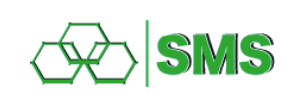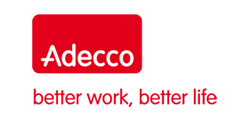System Analyst
บริษัท โวซ่าร์ คอร์ปอเรชั่น จำกัดเมื่อวานนี้•
งานที่อัตราการแข่งขันต่ำ
งานประจำ
1 - 3 ปี
ขอนแก่น
ปริญญาตรีหรือสูงกว่า
สามารถเจรจาต่อรองได้
Responsible for studying the problems and needs of the organization in defining personnel, data, processing, communication, and information technology to determine how to manage data.
- Analyze organizational needs: Identify and assess the organization's current and future requirements in terms of data management, communication, and information technology.
- Define IT infrastructure: Determine the hardware, software, network, and personnel resources necessary to support the organization's data management and IT needs.
- Develop IT solutions: Design and implement IT solutions that effectively address the organization's data management, communication, and information technology requirements.
- Optimize resource allocation: Ensure that IT resources are allocated efficiently and effectively to maximize their value to the organization.
- Evaluate IT performance: Monitor and evaluate the performance of IT systems and processes to identify areas for improvement and ensure continuous optimization.- Gather user requirements and analyze systemsDesign, architect, and document systems.
- Data management: This involves defining strategies and procedures for collecting, storing, organizing, protecting, and retrieving data to support the organization's operations and decision-making processes.
- Communication: This involves establishing effective channels and protocols for internal and external communication, including email, messaging, collaboration tools, and video conferencing.
- Resource allocation: This involves determining the appropriate allocation of IT resources, such as budget, personnel, and equipment, to ensure that they are used effectively and efficiently to meet the organization's needs.
- IT performance evaluation: This involves monitoring and assessing the performance of IT systems and processes to identify areas for improvement, measure the effectiveness of IT investments, and ensure that IT is aligned with the organization's strategic goals.
- Proven experience or knowledge in NodeJS, MongoDB, AWS, Excel, NestJS, NextJS, and MySQL
- At least 1 year of experience in system analysis
- Ability to prioritize tasks and manage multiple projects under tight deadlines
- Software development skills
- SQL writing skills
- Coordination and communication skills
- Proficiency in Microsoft Office (Excel, Word, PPT)
- Excellent colleagues and an inspiring startup environment with international colleagues.
- Facilities at the workplace include a snooker table, ping pong table, exercise room, swimming pool, nap room, and snack and drink bar.
- Provide and support personal technical equipment and facilities.
- กองทุนสำรองเลี้ยงชีพ
- การฝึกอบรมและพัฒนาพนักงาน
- ค่าเสื่อมยานพาหนะ
- ทำงานสัปดาห์ละ 5 วัน
- ประกันสังคม
- ประกันสุขภาพ
- เที่ยวประจำปี หรือเลี้ยงประจำปี
- เบี้ยขยัน, ค่าตอบแทนพิเศษ
- โบนัสตามผลงาน/ผลประกอบการ
 รีวิวบริษัทที่บอก ‘ชีวิตดี งานดี เงินดี สังคมดี’
รีวิวบริษัทที่บอก ‘ชีวิตดี งานดี เงินดี สังคมดี’ 5
5Dream Company

 วิเศษสุด
วิเศษสุด
ชีวิตดี4.8
งานดี4.7
เงินดี4.1
สังคมดี 4.7
WoxaCorp เราให้ความสำคัญกับพนักงานมากที่สุด ภายใต้ปรัชญา "The Real Work-life Balance" เราเน้น "people-oriented" เพราะทุกคนเป็นแกนหลักของวัฒนธรรมองค์กรในการขับเคลื่อนบริษัทไปข้างหน้า เพื่อให้มั่นใจว่าพนักงานของเรามีคุณภาพชีวิตที่ดีที่สุด เราจึงทุ่มเทให้กับการพัฒนาและส่งเสริมสนับสนุนพวกเขา เราจัดเตรียมสภาพแวดล้อมการทำงาน พื้นที่การทำงานร่วมกันที่ยอดเยี่ยมเพื่อสนับสนุนชีวิตการทำงานและสุขภาพจิตที่ผ่อนคลาย
นอกเหนือจากนั้นคุณยังจะได้สัมผัสบรรยากาศอบอุ่น ต้นฉบับของการใช้ชีวิตทำงานที่มีความสุข ส่งผลให้การทำงานร่วมกับ Woxa จะเต็มไปด้วยความสนุกและสบายใจ มี Challenge ให้ร่วมท้าทายประสิทธิภาพของตนเองตลอดการทำงาน เพื่อเพิ่ม Skill รวมไปถึงฐานผลตอบแทนของแต่ละคนอีกด้วย
ความเป็น Woxa... เราจะไม่แยกแผนกในแต่ละสายงาน แต่เราจะทำงานร่วมกันเป็นทีม เพื่อการประสานงานที่ง่ายและแก้ไขปัญหาเฉพาะหน้าได้อย่างรวดเร็ว เราจะไม่มีการแบ่งตำแหน่งสูงหรือใหญ่ เพราะทุกคนเท่าเทียมกันที่ Woxa
เราอยากให้คุณเปิดโอกาสให้เราได้รู้จักคุณ และเปิดโอกาสให้ตัวคุณเองได้มาพัฒนาตัวเองกับเรา คุณอาจจะเป็นอีกหนึ่งผู้ที่มีศักยภาพที่ดีที่สุดในแบบของคุณเองที่เรากำลังตามหาอยู่
ดู HR SAY ของบริษัท โวซ่าร์ คอร์ปอเรชั่น จำกัด
ฟังเสียงจากพนักงาน

ผู้บริหารระดับสูง>1 ปี, พนักงานปัจจุบัน
5.0
ชีวิตดี5
งานดี5
เงินดี5
สังคมดี 5
บริษัทได้สร้างสภาพแวดล้อมเพื่อให้คนทำงานได้เติบโตให้ได้สูงที่สุดเกินกว่าที่คุณจะคิดได้ต้นไม้จะโตได้ในดินที่มีสภาพแวดล้อมของตัวเอง ดอกบัวโตในน้ำ กระบองเพชรโตในทราย
และ Woxa คือ ดินที่เตรียมสภาพแวดล้อมไว้แล้วในทุกๆรูปแบบเพื่อให้ต้นไม้ทุกต้นได้เติบโต และงอกงามในแบบของตัวเอง
11/04/2022
อ่านรีวิวทั้งหมดของบริษัท โวซ่าร์ คอร์ปอเรชั่น จำกัด
 บริษัท โวซ่าร์ คอร์ปอเรชั่น จำกัด
บริษัท โวซ่าร์ คอร์ปอเรชั่น จำกัดWoxa corporation limited is the Financial Technology and Software IT Solution Company that was founded in 2020. We are professionals in developing and innovating digital platforms such as websites and applications through our innovative technology.
ตำแหน่งงานอื่น ๆ ที่น่าสนใจ















